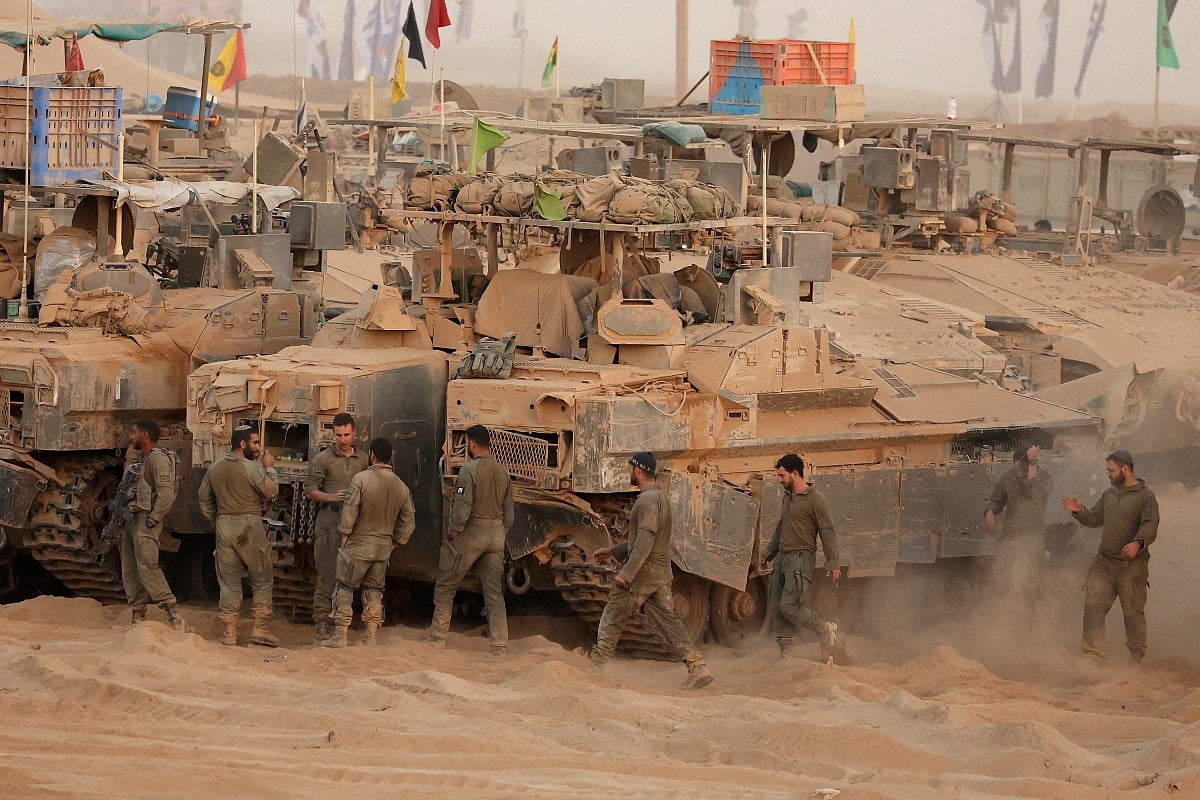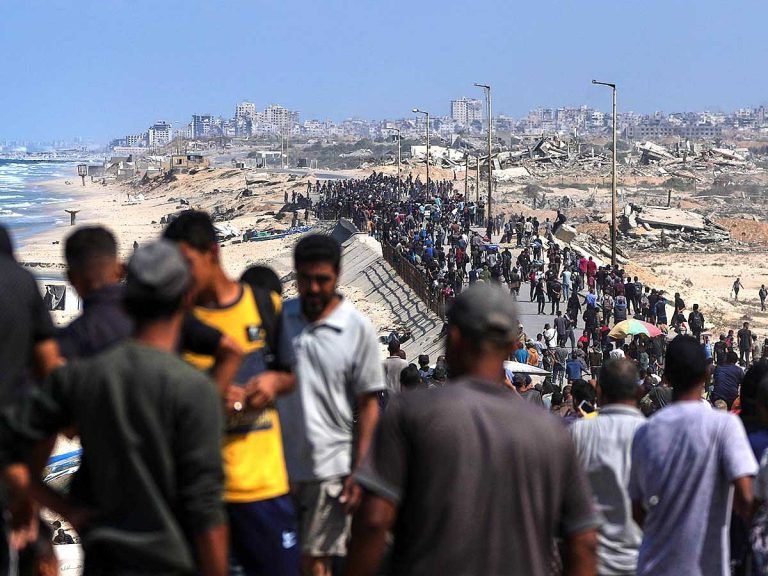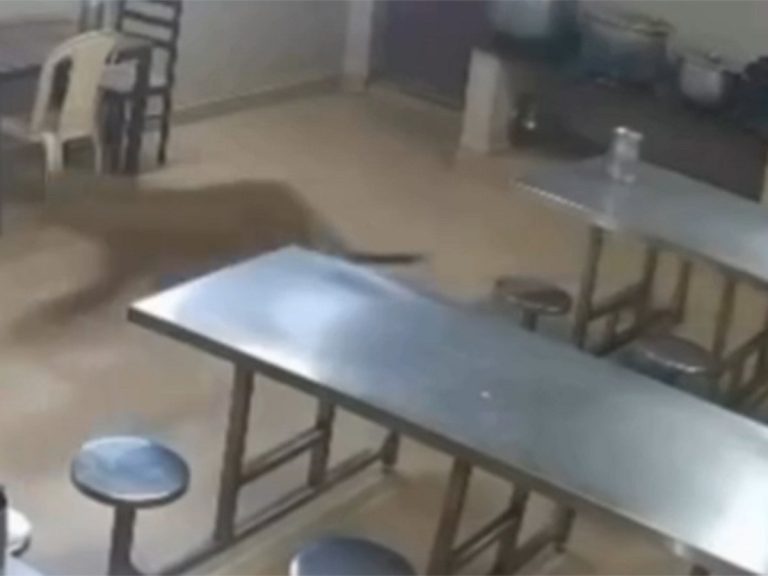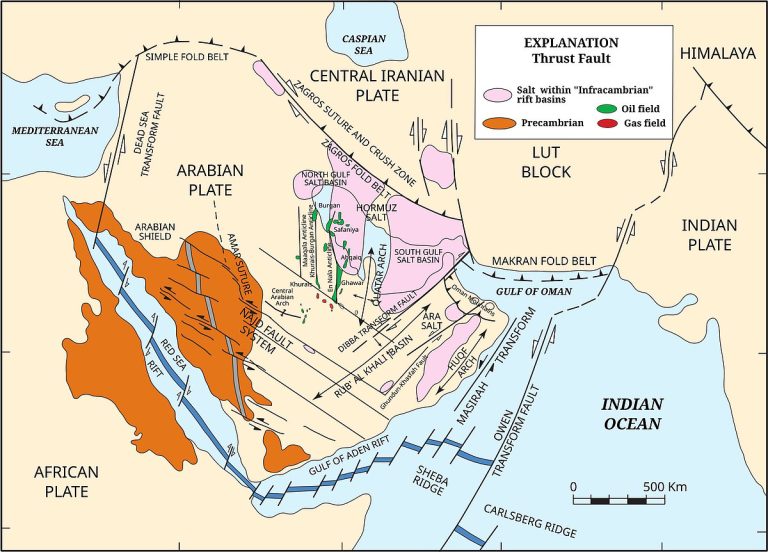Israeli Forces Withdraw from Key Areas in Gaza Strip
Recent reports indicate that Israeli forces have started to withdraw from several areas in the Gaza Strip, particularly in Gaza City and Khan Yunis. This development comes amid ongoing conflict and military operations in the region, raising questions about the future dynamics of the situation.
Withdrawal Details
According to Mohammed Al Mughayyir, a senior official with Gaza’s civil defense agency, the Israeli military has pulled back from key districts, including Tel Al Hawa and the Al Shati camp. These areas had previously experienced intense air and ground assaults. Residents in various parts of Gaza have also reported a noticeable decrease in military presence compared to the previous day.
In Khan Yunis, Israeli military vehicles have reportedly exited certain positions, further indicating a shift in operational strategy. Despite these withdrawals, Al Mughayyir emphasized that fighting continues, with gunfire persisting in various locations. He noted that Israeli forces targeted municipal crews in the Sheikh Radwan neighborhood of Gaza City, resulting in casualties.
Ongoing Conflict
While the withdrawal marks a significant change, it does not signify an end to hostilities. Al Mughayyir reported that airstrikes and artillery shelling were still occurring, particularly in northern Gaza. Israeli fighter jets have been observed flying low over the area, contributing to the tense atmosphere. Smoke and dust have been reported rising from northern Gaza, indicating ongoing military activity.
The Israeli military has acknowledged the reports of bombardments and stated that its southern command troops are currently adjusting their operational positions within the Gaza Strip. This adjustment appears to be part of a broader strategy, as Israeli government spokeswoman Shosh Bedrosian mentioned plans for a redeployment to the so-called Yellow Line, a boundary proposed by U.S. President Donald Trump.
Hostage Negotiations
In a related development, Israeli Prime Minister Benjamin Netanyahu’s office announced that the government has approved a framework for a potential hostage release deal with Hamas. This move could signal a shift in negotiations and may influence the overall situation in the region.
FAQs
What areas are Israeli forces withdrawing from?
Israeli forces are reportedly withdrawing from several districts in Gaza City, including Tel Al Hawa and Al Shati camp, as well as parts of Khan Yunis.
Is the fighting in Gaza over?
No, despite the withdrawal of Israeli forces from certain areas, fighting continues in various parts of Gaza, with reports of ongoing gunfire and airstrikes.
What is the significance of the Yellow Line?
The Yellow Line refers to a proposed boundary for Israeli military redeployment, as outlined in a plan by U.S. President Donald Trump. It represents a strategic shift in military positioning within the Gaza Strip.
Conclusion
The withdrawal of Israeli forces from parts of Gaza marks a significant development in the ongoing conflict, yet the situation remains volatile with continued fighting reported. As negotiations for a hostage release deal progress, the dynamics in the region may evolve further. Observers will be closely monitoring these developments in the coming days.
The situation in Gaza has been characterized by a complex interplay of military actions and humanitarian concerns. The ongoing conflict has resulted in significant casualties and displacement among the civilian population. International organizations have expressed alarm over the humanitarian crisis, with calls for ceasefires to allow for aid delivery and to protect non-combatants. The withdrawal of Israeli forces, while potentially easing some immediate tensions, raises concerns about the security vacuum that may be created in the absence of military presence.
The geopolitical implications of the conflict extend beyond the immediate region, as various international actors have vested interests in the outcome. The United States, European Union, and neighboring Arab states have all been involved in diplomatic efforts aimed at de-escalating tensions and facilitating negotiations. The proposed Yellow Line, as part of the broader U.S. peace plan, reflects ongoing attempts to redefine territorial boundaries and address long-standing disputes between Israelis and Palestinians.
As the situation evolves, the potential for further negotiations, including those concerning hostages, may influence the actions of both Israeli forces and Hamas. The dynamics of the conflict remain fluid, and any shifts in military strategy or diplomatic engagement could have far-reaching consequences for stability in Gaza and the broader region. Observers are keenly aware that the path forward will require careful navigation of both military and political challenges.
Also Read:
Trump Seeks Peace in Gaza Amid Ongoing Conflicts
Trump Announces Upcoming Middle East Visit Amid Gaza Peace Negotiations







